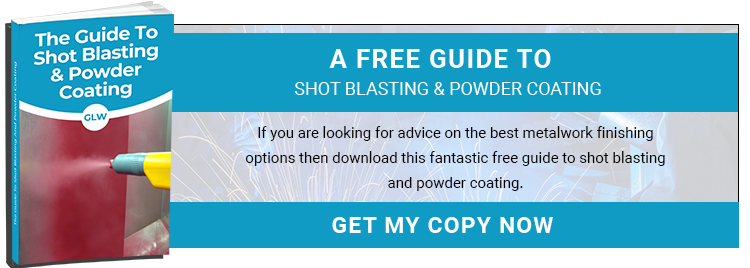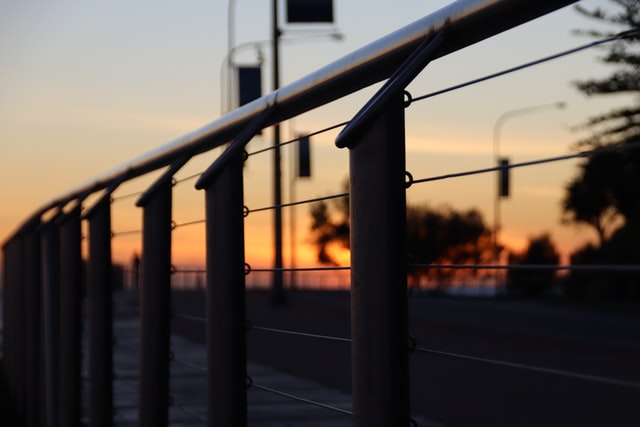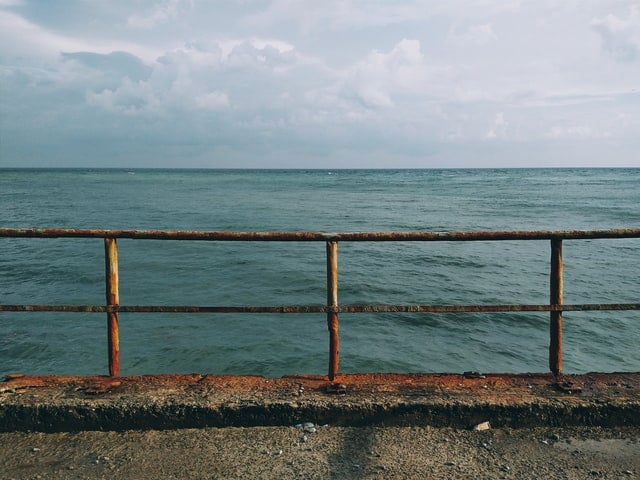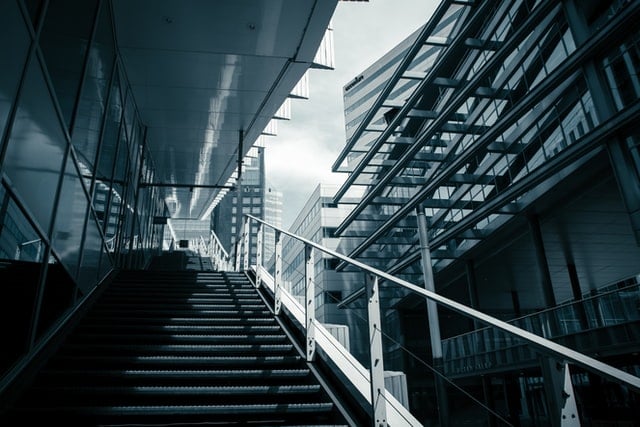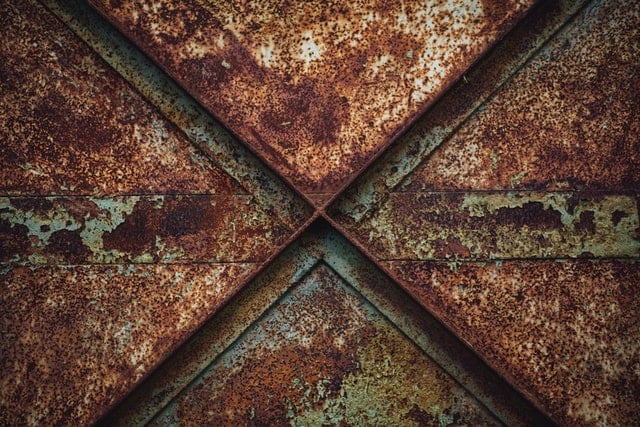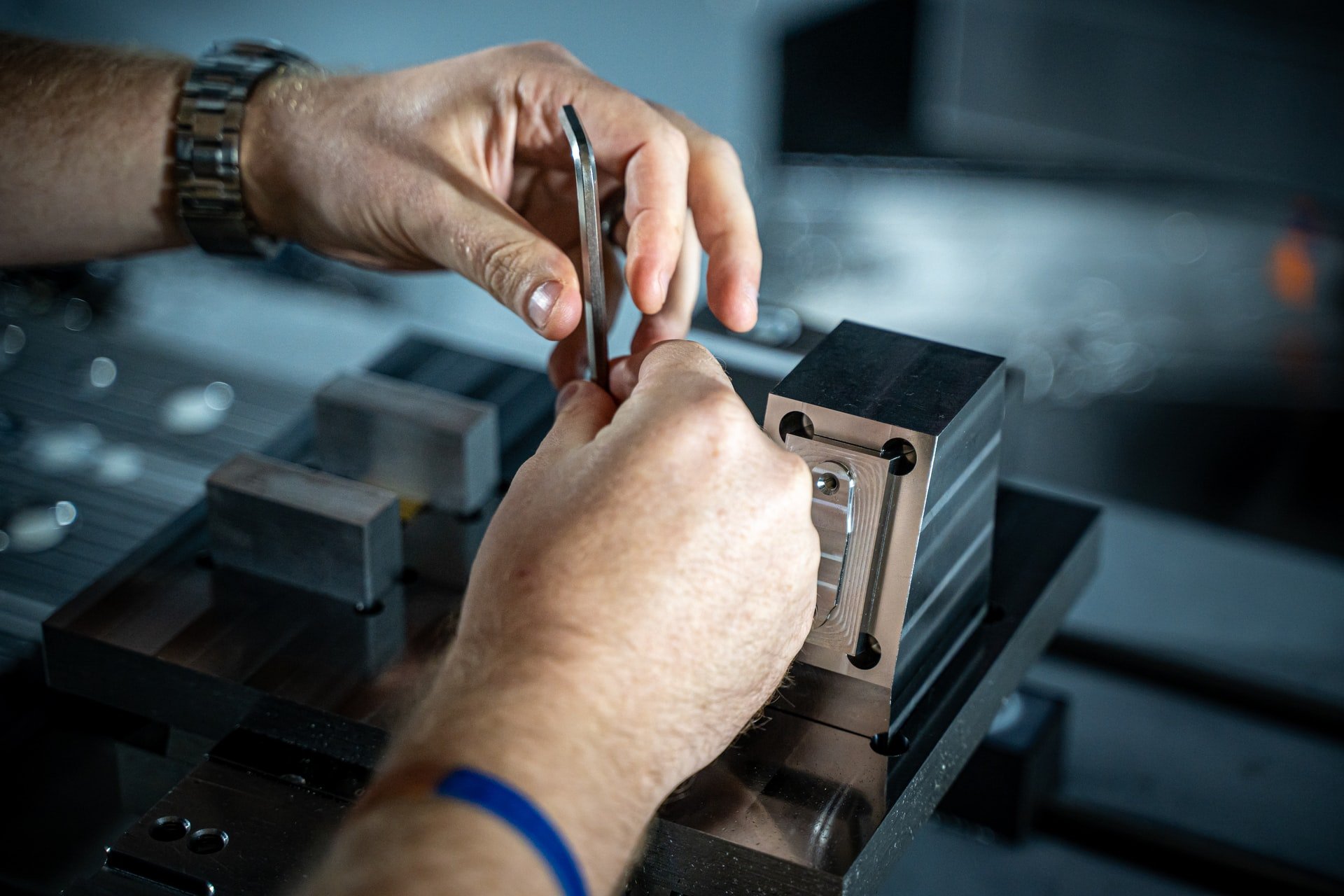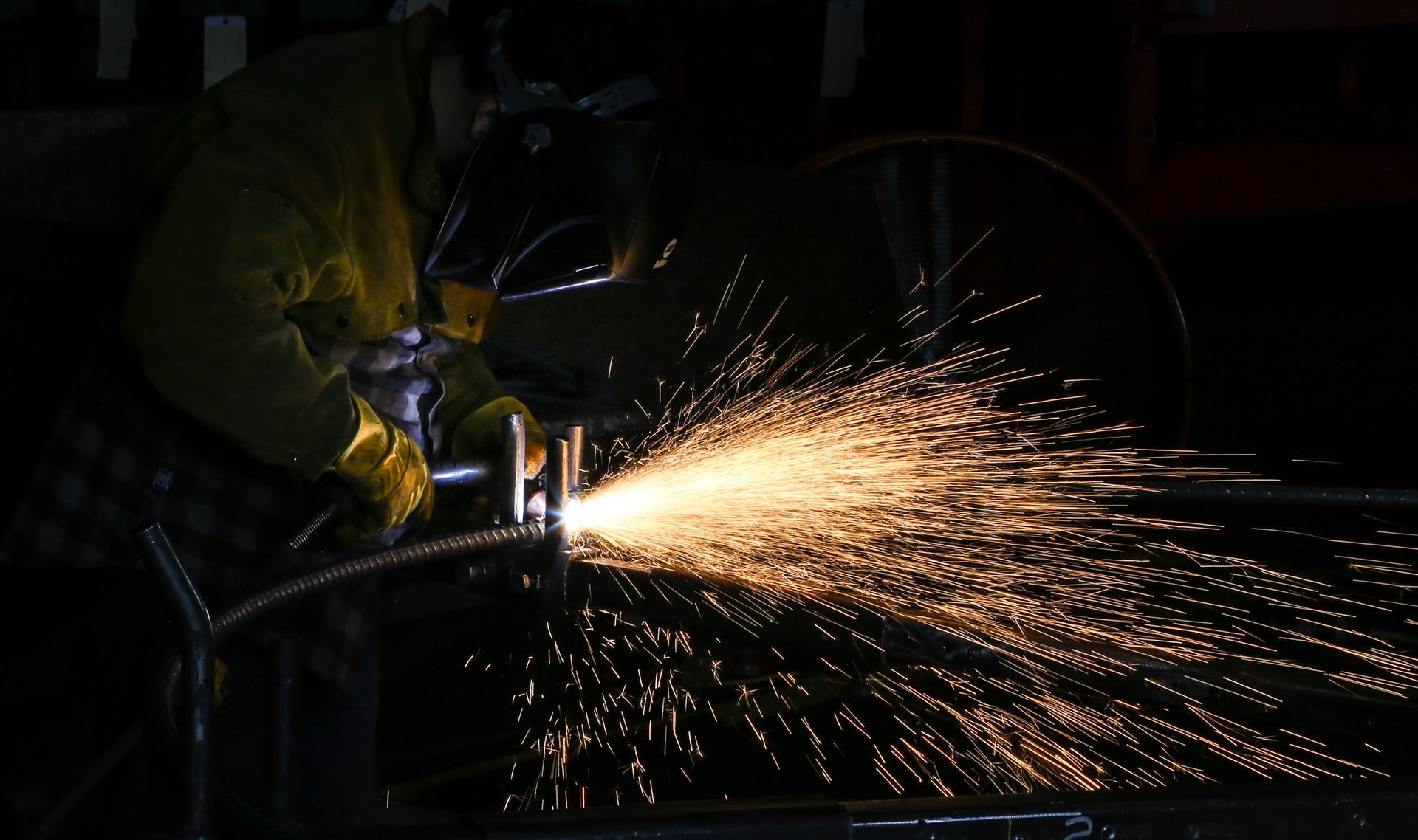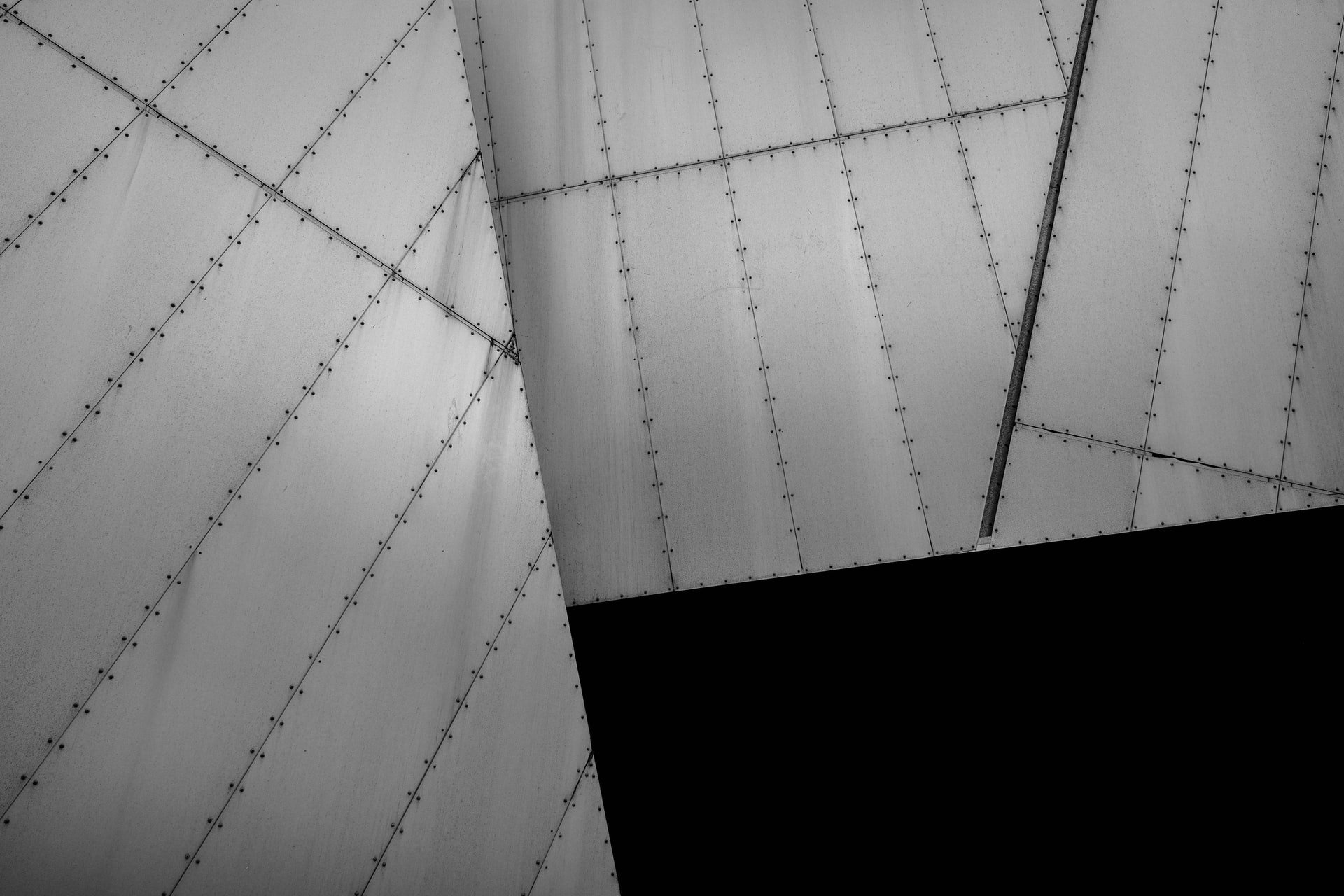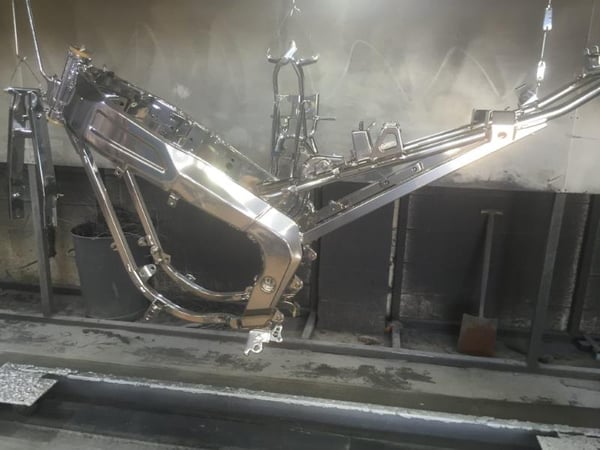
Powder coating is used very widely to impart a long lasting, durable and anti-corrosive coating to a wide variety of objects including architectural steel parts, such as railings. It is preferred and specified by many designers because of its attractive finish and wide range of available colours.
What Is The Powder Used In Powder Coating?
The most common type consists of a pulverised mix of epoxy resin and plastic polymers with particles anywhere from 5 to about 50 microns thick. When heated to around 150 C°, the compound melts and the constituent parts fuse to form a solid protective coating over the surface of the object. Because of the way it can be formulated, there are many types of powder and a very wide range of colours
How Does The Powder Coating Process Work?
Once the object to be treated has been completely cleaned of all contaminants (often by shot blasting or soda blasting) it is electrically grounded. The powder is then sprayed on using compressed air and a spray gun that imparts an electrostatic charge to the powder. This causes it to adhere evenly across the surface of the object. The object is then heat cured in an oven or by using infra-red heat in situ. While the compound melts and flows to form a liquid coating at about 150 C° it needs to be cured at 200 C°. The duration required for the cure varies from about 10 to 20 minutes depending on the formulation and characteristics of the powder.
What Kind Of Objects Can Be Powder Coated?
Most any metal object can be powder coated, from domestic items to handrails in shopping malls. Two characteristics are mandatory in suitable subjects:
- Must be capable of holding an electrostatic charge, which is critical for the powder to stick
- Must withstand the heat of the curing process without sustaining damage
Typical examples of suitable materials include those made from steel and steel alloys such as mild, galvanised and stainless steel as well as others such as aluminium
The History Of Powder Coating
The process was invented in the early 1950s when great strides were being made in the manufacture, production and utilisation of all manner of plastics. Initially, the process was designed to apply insulation to electrical cables and later expanded to become a general coating process.
Advantages
- Powder coating is an environmentally friendly process, with no fumes or odours during the spraying process.
- Powder coated surfaces are far more resistant to chipping or cracking than conventional paint because of the inherent elasticity of the compound.
- It is a fast process – an item can be prepared, sprayed, cured and ready with an hour
Disadvantages
- Powder coating is commonly applicable only to metal items and only to those that can withstand the heat of the curing oven without suffering damage. Ultra violet curing with special powders can be performed on plastic but this is a highly specialised branch.
- After spraying, the powder adheres to the object through electrostatic attraction only and therefore it is easily dislodged if moved or while being placed inside the curing oven, for example.
- It is not a process suitable for performing on-site and really needs an engineering shop environment for professional work.
Find Out More
Here at GLW Engineering, we have in-house facilities for shot blasting, soda blasting and powder coating, as well as hot zinc spraying options for ant-corrosion protection on our steel fabrication products. Why now download our free eBook How To Ensure Quality Compliance Lead Times When Hiring Steel Fabrication Companies, which contains valuable tips for all project managers who want to learn more about the powder coating process.

